ARTICLE AD BOX
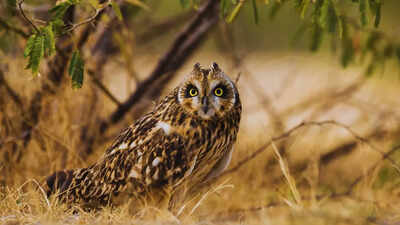
Come winter, we all start looking for ‘something warm’, ‘something cosy’, turns out, it’s not just a human thing, it is also a bird thing. Birds, the winged wonders, in search of a warmer climate for food and breeding purposes, make their way to North India.
And when we say warmer climate, of course we are comparing it with the frigid conditions of Siberia, China, and Europe and beyond. When compared, the Indian winter feels like the perfect condition for the birds from these regions. Every winter, millions of migratory birds journey thousands of miles from icy northern lands to seek refuge in north India’s wetlands, lakes, and surprisingly…urban green spaces. This seasonal phenomenon transforms the landscape into a bustling avian metropolis, giving life to everything, from the remotest forests to the heart of cities like Delhi.
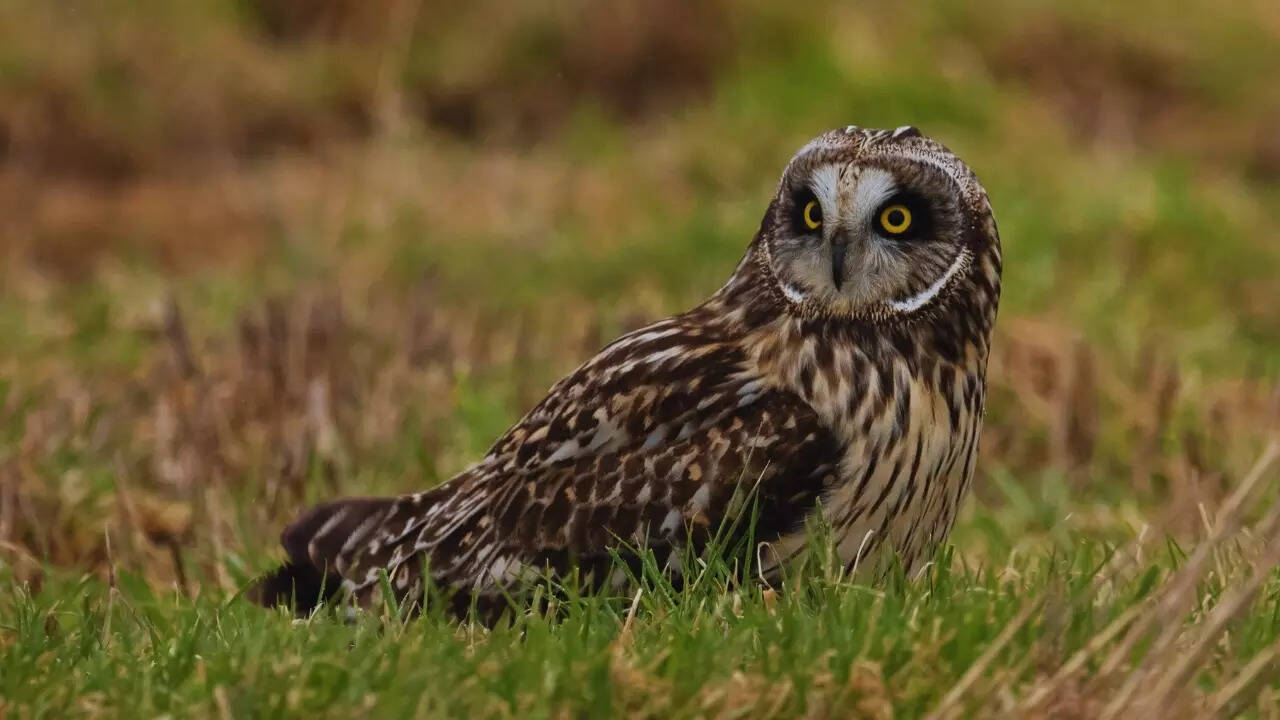
Short eared owl
This article explores where these migratory birds come from, why and how they undertake such epic journeys, and introduces some of the remarkable species that brighten North India in winter.
The great bird migration: Origins and reasons
Every winter, millions of migratory birds travel thousands of kilometres to India, escaping the freezing conditions of their northern breeding grounds in regions like Siberia, Central Asia, and Europe. During winter, As temperatures plummet there, food and water are something that becomes scarce.
This extreme condition forces the birds to seek warmer regions where survival is easier. India’s mild winter climate and diverse ecosystems, from wetlands and mangroves to grasslands and lakes, provide the ideal refuge for these travellers.
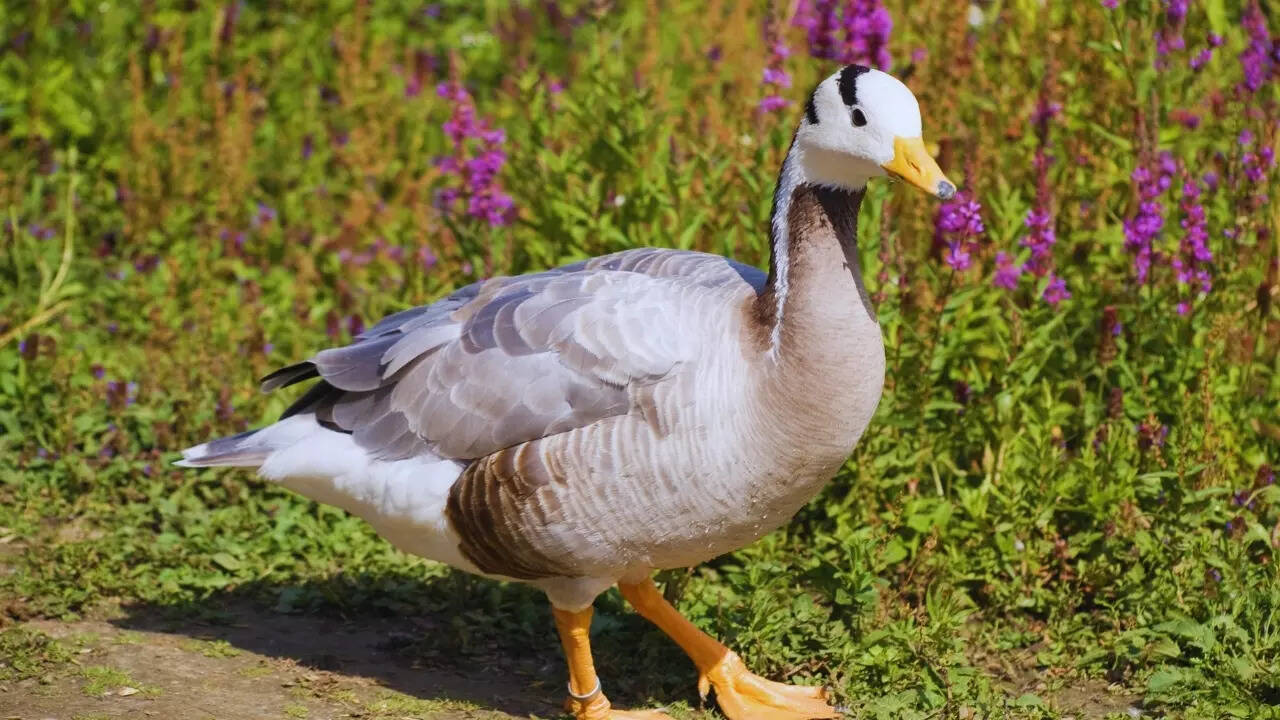
Bar-headed goose
What is the Central Asian Flyway?
The Central Asian Flyway (CAF) is one of the world’s major migratory bird routes, stretching from the Arctic Ocean in northern Russia through Central Asia to the Indian subcontinent and the Indian Ocean.
It covers the migration paths of over 30 countries and supports nearly 600 species of migratory birds, including cranes, geese, ducks, waders, and shorebirds. So where is India in all these? We’ll have you know that India lies at the heart of this flyway, serving as a crucial stopover and wintering ground.
Indian wetlands like Chilika Lake, Keoladeo National Park, Pong Dam, and Nal Sarovar play a vital role in sustaining these species during their annual migration cycles.
These wetlands come alive each year with birds like flamingos, bar-headed geese, pelicans, and ducks. Delhi NCR is also one of the many places in north India where these migratory birds come every year.
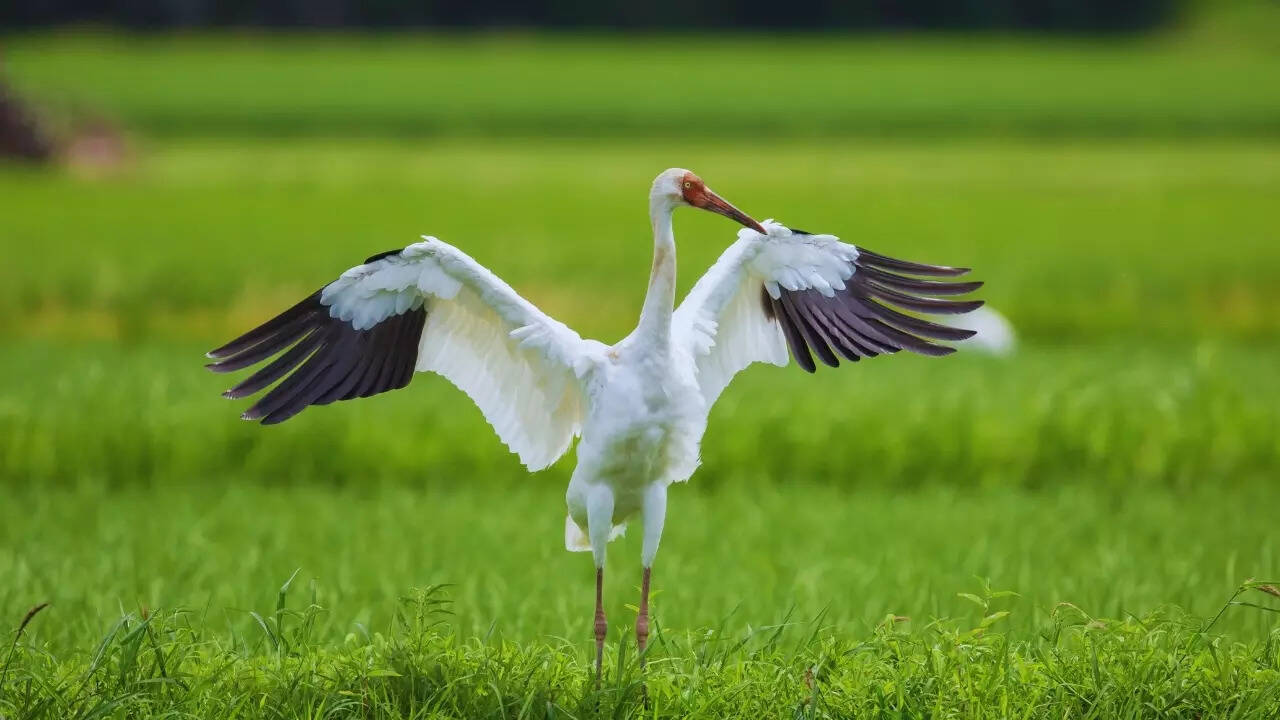
Siberian crane
What happens in Delhi during the winter migration season? What can we look forward to?
As Delhi slowly starts to get used to the nip in the air, learning how to breathe amid increasing smog, a very small section of the city’s population gears up for some outdoor exploration. But not just any outdoor trips, the Delhi Bird Atlas (DBA) to be precise. Delhi Bird Atlas, according to Mohit Mehta, a seasoned Delhi birder, “is a large-scale citizen science initiative aimed at systematically documenting the distribution and diversity of birds across Delhi. For this purpose, the city is divided into seven clusters—North, North-West, North-East, East, South, Dwarka, and Najafgarh. Each of these clusters comprises several randomly selected subcells, which serve as the core survey units.” Interestingly, Delhi sees two such surveys every year – Summer Survey which focuses on resident and summer visitors, especially species that breed within Delhi, and Winter Survey which records both resident and migratory birds. This gives a complete seasonal view of Delhi’s avifauna. Mohit Mehta adds, “ I have been leading the Najafgarh Cluster, one of Delhi’s most ecologically rich zones. This marks our third survey, and our teams continue to work with great enthusiasm to ensure detailed and reliable coverage of all subcells.”
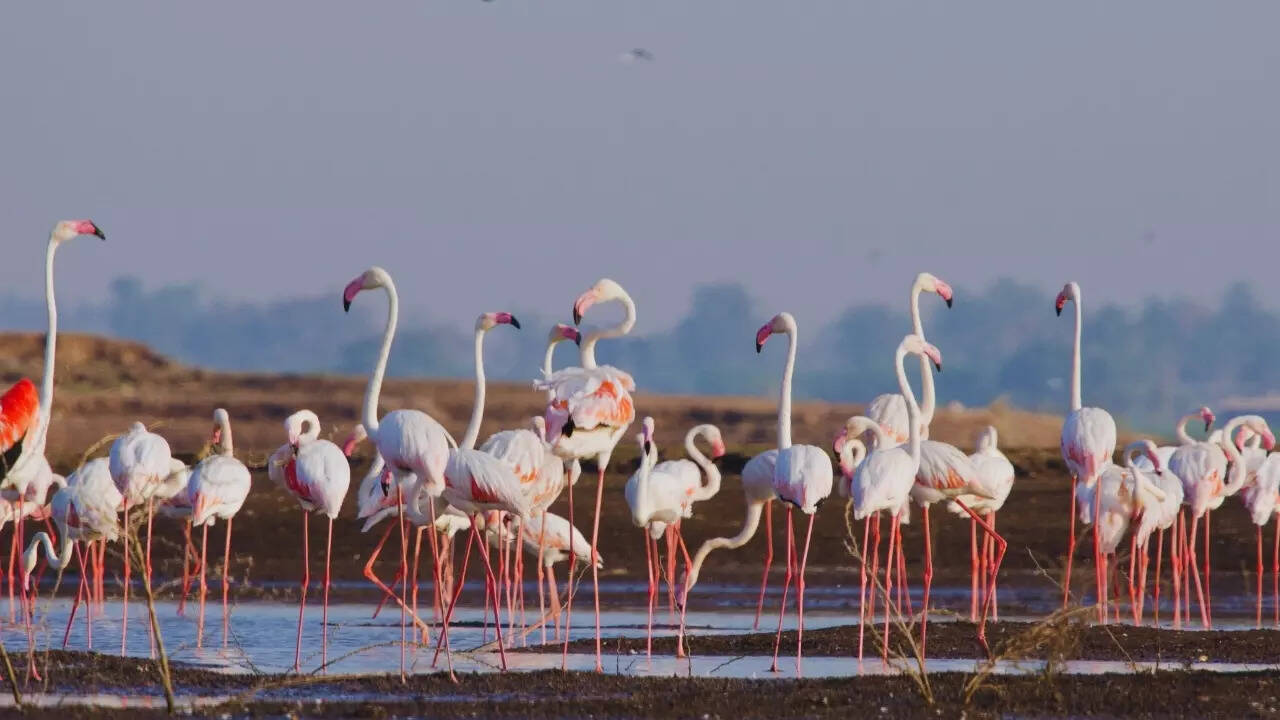
Greater flamingo
The Atlas is a significant effort in understanding long-term bird population trends, identifying key habitats, and monitoring the effects of urbanisation on biodiversity. Mohit Mehta and Arun Kamath, a seasoned birder from Gurugram, recently took part in this winter’s Delhi Bird Atlas. “There are habitats that are losing…the forested land that we saw a couple of years back are either vast farmlands now or are just dumping yards for city’s garbage. However, there are still small pockets like Najafgarh, Sultanpur National Park and Bird Sanctuary where we have found a good number of birds. Yes, haze was a problem as they made sightings not only difficult but late also. On hazy days, naturally, bird activities are also very low. But we were able to confidently say that the Ruddy Shelducks are back, and so are the much loved and sought-after Short-eared Owl, Bluethroats, Redstarts, and Warblers to name some.” “We were pleasantly surprised to see Pied Cuckoo this time of year,” Kamath added.
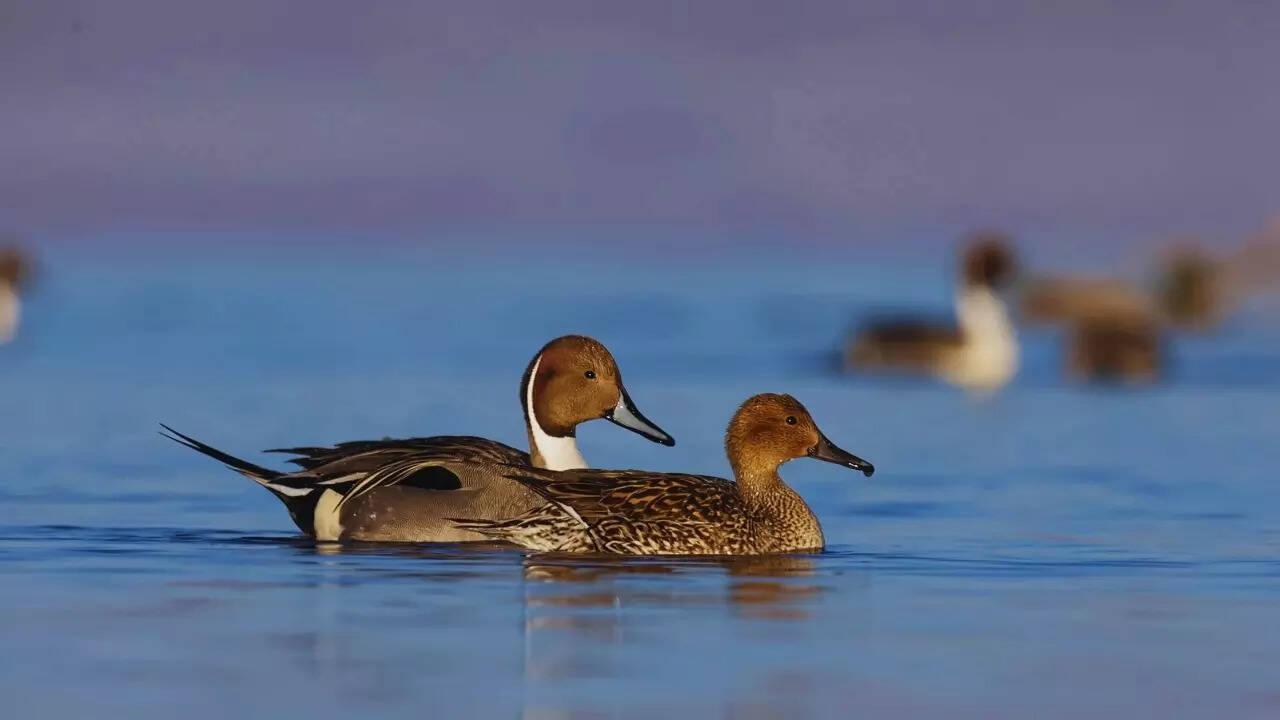
Northern pintail
The Delhi Bird Atlas thrives on community participation. Birders from all backgrounds, experienced and new, come together to explore, learn, and contribute to science. It’s an excellent opportunity for new birdwatchers to get hands-on field experience, learn identification skills, and connect with the city’s vibrant birding community.
One such “new birder” Anuradha Mathur tells us how she ended up in this birding circle.
“I’ve always been a nature buff, having lived in a cantonment all my life! The mobile camera made it easy to click pictures, but during the COVID-19 lockdown, the most exciting new visitors were the birds that came to the terrace. That’s when backyard birding turned into serious birding for me. I met some wonderful friends on social media (X, previously Twitter) who were passionate birders (@IndiAves) and guided me, from using the camera properly to understanding birding etiquette. Interestingly, Delhi-NCR offered such a wide variety of local and migratory birds across different seasons that this hobby soon became an obsession! Since birds are fidgety and often hard to spot, the challenges and excitement only made the experience more rewarding,” shares Anuradha Mathur.
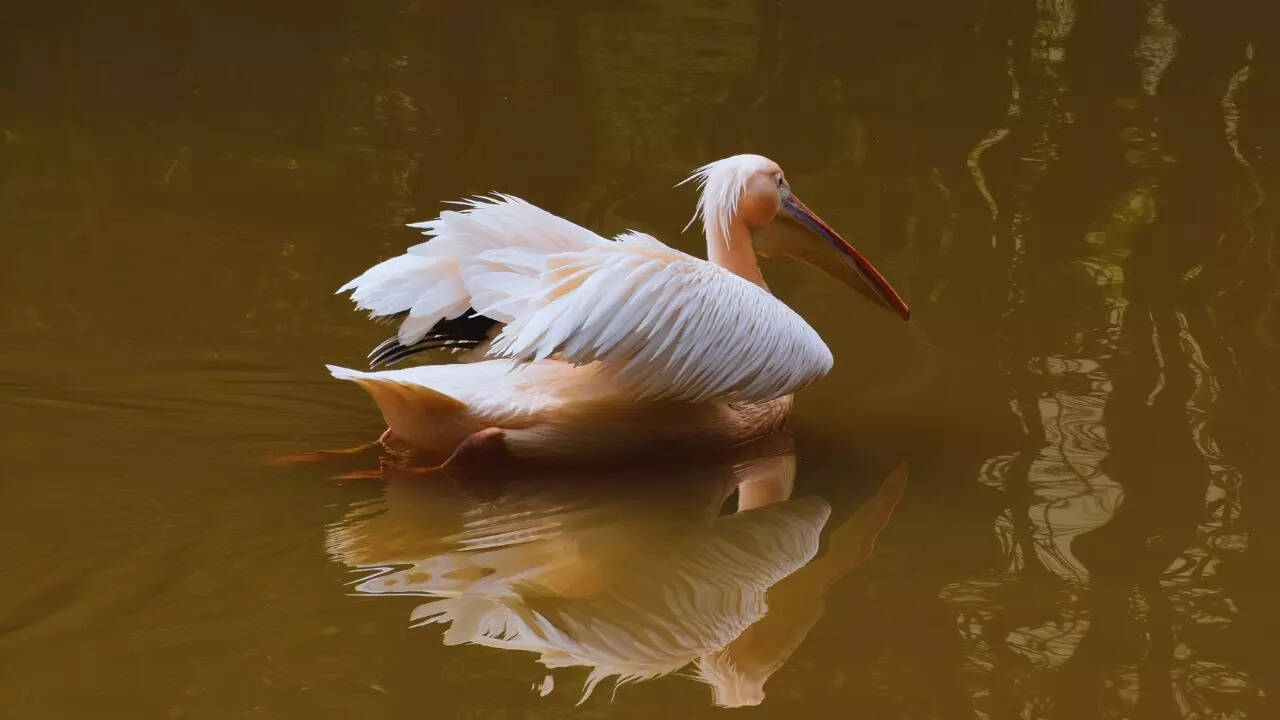
Rosy pelican
Despite challenges like pollution and rapid urbanisation, birding in cities such as Delhi reveals an inspiring coexistence of wildlife and humans.
Birders participating in winter bird counts regularly explore the green pockets where they discover diverse species even amidst concrete jungles. This urban wildlife presence also reminds us of the ecological value embedded within city limits and the urgent need for preserving green spaces.Birdwatching is more than a hobby here; it forms part of citizen science efforts where enthusiasts contribute to data collection, helping monitor bird populations and inform conservation strategies.
Platforms like eBird enable sharing observations and photos, creating a valuable database for researchers tracking migratory trends amid environmental changes.
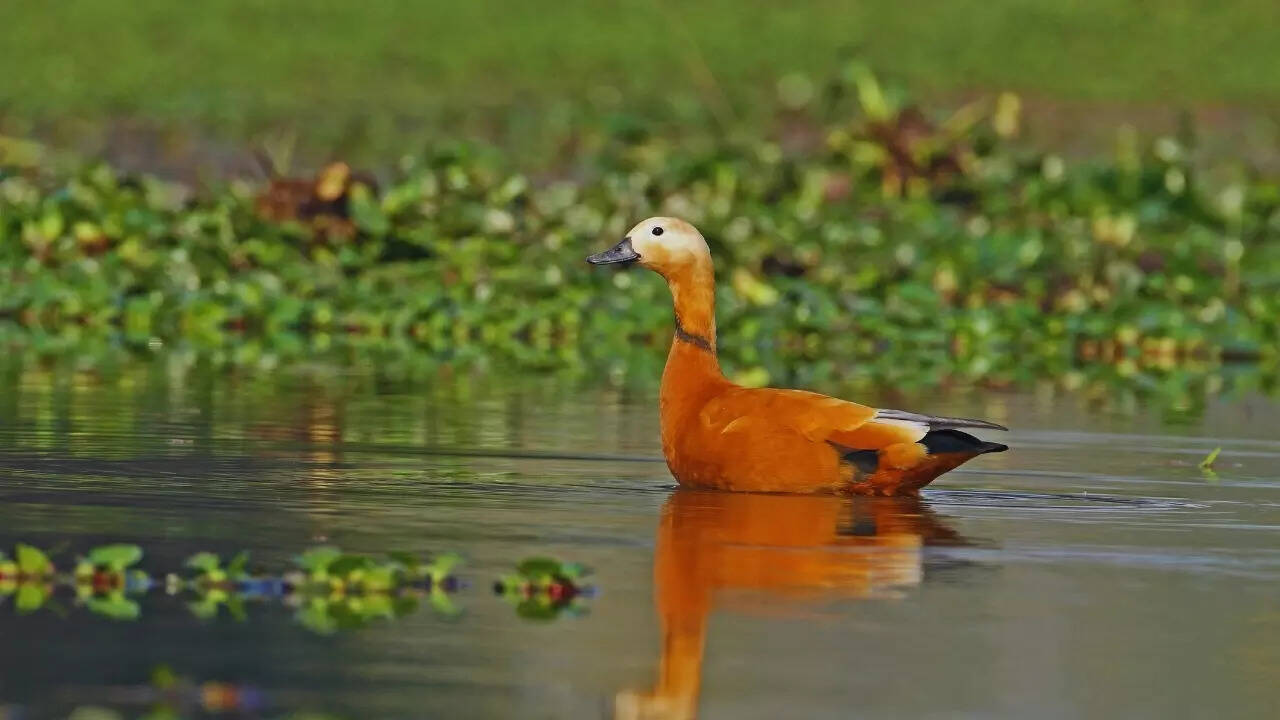
Ruddy shelduck
Smita Mishra, journalist and passionate bird lover, comments on the challenges and highlights of bird watching, especially during winter. She notes, "While fog and winter smog make bird watching difficult in the mornings, there are some hot spots like the Mangar Village where ornithologists and avian enthusiasts from across Delhi go on Sunday mornings to spot these feathered marvels, though not many can be seen here."
Exploring the mechanics of migration: How birds travel so far
Did you know that of all bird species, the Arctic tern is the one that covers the longest distance? These birds migrate between Arctic breeding grounds and Antarctic wintering grounds each year, and this distance is about 45,000 miles or 72,000 km! Last year in 2024, birders across India suddenly flocked to Mumbai, where Arctic terns were spotted? But why the craze, you ask? In India, they are rare vagrants and India is not on their usual migration route.
In Tamil Nadu, this year September 13, the Arctic tern was spotted in Kanyakumari, again causing a lot of noise in the birding community. These birds were seen in the region after decades!
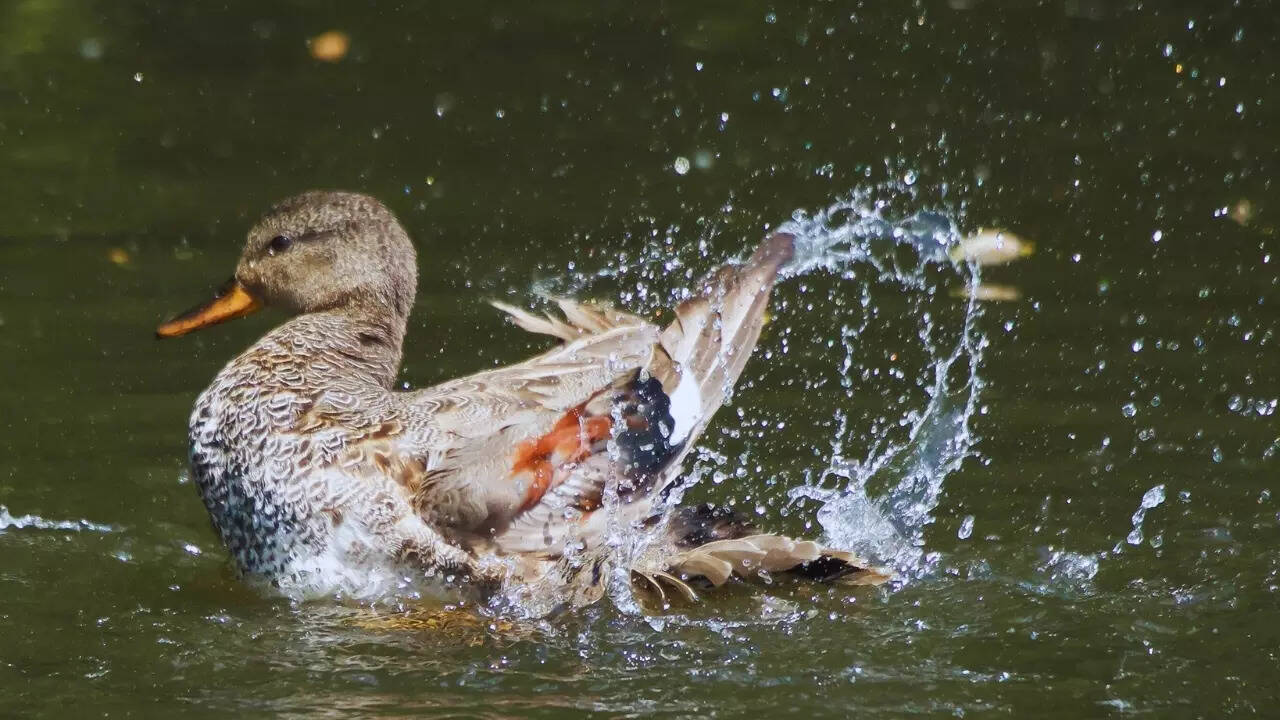
Gadwall
Another bird trivia: The bar-tailed godwit holds the record for the longest non-stop flight, with one individual flying over 8,400 miles or 13,500 km) from Alaska to New Zealand without stopping. One species closer to home is the bar-headed goose, which is renowned for soaring over the Himalayas at altitudes exceeding 7,000 metres.
At this altitude, the oxygen levels are thin, and temperatures plummet, yet these strong fliers adapt and thrive.One more interesting bird is the Amur falcon. These small raptors migrate up to 22,000 km each year, travelling between their breeding grounds in eastern Asia (Siberia, northern China, Mongolia) and their wintering grounds in southern Africa. On the way, they make an essential pit-stop in India’s north east, especially Nagaland, Manipur and Assam.
Interestingly, this is also one of the longest over-water crossings by any raptor.
Flying over the Indian Ocean to reach Africa and then back north to Asia is not a route to be taken lightly. Navigation during migration is a marvel of nature. Birds use a combination of environmental cues, including the position of the sun and stars, geomagnetic fields, and even olfactory memory. Many species follow established flyways, similar to ancient aerial highways, making stopovers at critical wetlands to rest and refuel.The migration timing coordinates with seasonal shifts and food availability. Birds start their southward journey in late autumn and arrive in North India by November, staying until March before returning to their breeding grounds as the snow melts in spring. In between now and then, they feed, and breed, and prepare for their journey forward.
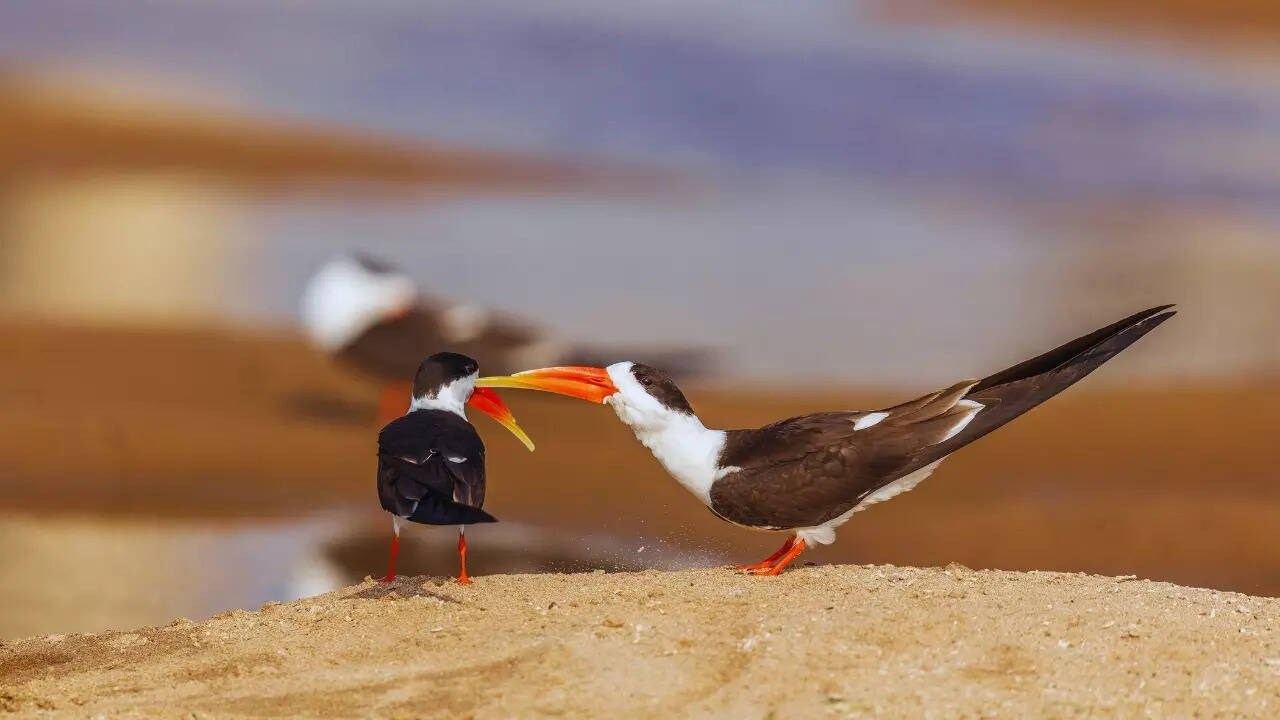
Indian skimmer
Fun fact: How do the birds sleep while flying?
Ever wondered if birds sleep at all while flying? Is that even a thing? Turns out, it is.
Migratory birds have evolved extraordinary ways to cope with the challenges of long-distance flight, including the need to rest and sleep while on the wing. Birds undergo a process called unihemispheric slow-wave sleep (USWS), which allows one half of the brain to enter a sleep state while the other half remains awake and alert. If this is not remarkable then I don't know what is.
This adaptation enables birds to maintain flight control, navigation, and vigilance against predators even while resting mentally. Think migratory birds taking power naps! These micro-sleeps, combined with half-brain rest, allow them to conserve energy and recover from sleep deprivation without fully stopping their flights. Once these birds reach land, they compensate by obtaining longer, more restful sleep sessions to replenish their energy reserves. This unique sleep strategy is a key factor enabling migratory birds to endure some of nature’s most epic and demanding journeys
The feathered guests: Notable migratory birds of North India in winter
North India hosts over 99 migratory bird species during wintertime, each with unique features and behaviors. Here is a glimpse of some extraordinary winter guests:
| Bird Species | Origin | Unique Characters | Common Locations in North India |
| Bar-headed goose | Central Asia, Tibet | Flies over Himalayas at extreme altitudes, striking white bands on the head | Pong Dam Lake, Himachal Pradesh, Delhi, Sultanpur National Park, Okhla Bird Sanctuary |
| Siberian crane | Siberia | Critically endangered, pure white plumage | Bharatpur Bird Sanctuary, Rajasthan |
| Greater flamingo | Central Asia, Middle East | Pink plumage, frequent formation flights | Rann of Kutch, Delhi wetlands |
| Amur falcon | Northeast Asia | Long migration to Africa, small raptor | Nagaland, Manipur |
| Northern pintail | Arctic, Eurasia | Elegant neck and wings, known for graceful flight | Keoladeo National Park, Dal Lake - Kashmir |
| Rosy pelican | Europe, Middle East | Massive wingspan, social and gregarious | Freshwater lakes in Rajasthan, Haryana |
| Ruddy shelduck | Central Asia | Bold orange body and loud call | Chambal River Sanctuary |
| Black-tailed godwit | Central Asia, Europe | Long legs and beak for probing mud | Wet grasslands and marshes in northern India |
| Gadwall | Europe, North America | Subtle colouring, dabbling feeding technique | Bhopal wetlands, Central Indian lakes |
| Indian spot-billed duck | Native but migratory | Distinguished by spot near bill, peaceful temperament | Urban and rural water bodies in Delhi-NCR |
.
Top birdwatching locations
Pong Dam Lake, Himachal Pradesh: This site records a good number of bar-headed geese and waterfowl.Keoladeo National Park, Rajasthan: Visit this park to see the winter migrants. If you are very lucky, you will be able to see Siberian cranes. These cranes are some of the rarest birds one will spot in India. Chambal River Sanctuary: Visit this sanctuary to spot ruddy shelduck and Indian skimmer.Sultanpur National Park, Haryana: A short distance from Delhi, Sultanpur is great for migratory ducks, raptors, and waders.Rann of Kutch (though in Gujarat): The salt flats of Kutch are best for greater flamingos and more.Nakki Lake, Mount Abu: This hill station in Rajasthan is a great place to spot long-legged buzzards, Indian eagle owl, and migrating waterfowl.
Key migratory birds of north India in winter
Bar-headed gooseKnown as the highest-flying birds, these geese migrate over the Himalayas from Central Asia, notably seen at Pong Dam Lake in Himachal Pradesh, hosting record numbers exceeding 1.5 lakh during peak season.Siberian craneAn endangered species, traveling around 4,000 miles from western Siberia to Bharatpur Bird Sanctuary in Rajasthan, embodying one of the most epic migration journeys.Greater flamingoFamous for their iconic pink flocks, they frequent salt pans such as the Rann of Kutch but also visit North Indian wetlands in winters.Amur falconThese small raptors undertake one of the longest migrations, passing through Northeast India, Nagaland, and Manipur temporarily before heading to Africa.Rosy pelicanKnown for a vast wingspan, these pelicans arrive from Europe and settle in northern Indian freshwater lakes, including Rajasthan, Haryana, and Uttar Pradesh.Northern pintailMedium-sized ducks migrate from the Arctic and Eurasia, commonly found in wetlands like Keoladeo National Park, Dal Lake in Kashmir, and Odisha’s Chilika Lake.Ruddy shelduckOften spotted near Chambal River Sanctuary and other wetland regions, these ducks migrate from Central Asia.Black-tailed godwitFound in the lowland wet grasslands and marshes, spending around four to five months in India during winter.GadwallThese dabbling ducks migrate from Europe and North America, frequenting freshwater marshes and reedy habitats in Bhopal and central India.Indian eagle owl and long-legged buzzardWhile native species, they increase in prominence during winter months, especially around lakes like Nakki Lake, Mount Abu.

 7 hours ago
5
7 hours ago
5








 English (US) ·
English (US) ·